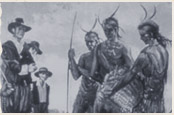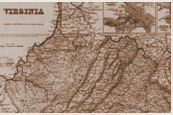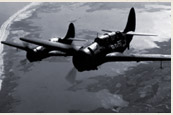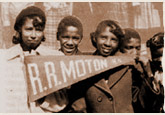"F3080": Confronting the Holocaust
PBS: Frontline--Memory of the Camps
Description: This digital resource relates the history of a documentary film on German atrocities (F3080) which was compiled early in 1945 to document the actual conditions of the Nazi death camps as Allied troops liberated them. It was originally intended to be shown to the German people in order to force them to confront the hideous results of their complicity with the Nazi regime. This resource offers great opportunities for students to examine and ponder developments in immediate postwar in Europe, particularly those surrounding what would become known as "denazification." (Secondary source material with some original archival images).
Teaching Tips:
"Do Now" Suggestion
- Some students may not want to watch this film because of its difficult content. The teacher might want to hand out to students an excerpt from the transcript of the film (available on the website) and ask them to read it and decide if they would be interested in watching the film. The students can write their decisions and explanations in a note to the teacher. If the majority of the students want to watch the film, the teacher can find another activity for those students who would be uncomfortable watching.
- Before the students watch or read the transcripts from the video, they can complete a pre-viewing assignment addressing the purpose of the video. The teacher can explain the background of the video (what it shows, who made it, when it was made, when it was finally showed to the public) and ask the following questions (in a graphic organizer): a) Why do you think the British wanted to make a documentary of the liberation of the German concentration camps? b) Why do you think the film was not shown until 1985? Students can work individually to fill in the first part of the graphic organizer, and in pairs to complete the second part. Finally, the partner groups can look at the website and read the Synopsis to find the answers provided by PBS. After watching all or parts of the video (it must be ordered from PBS), the students can examine the "Join the Discussion" section of the website. Once they have read the pieces on the site, they can submit their own reaction to the video to PBS (there is a link on the site).



